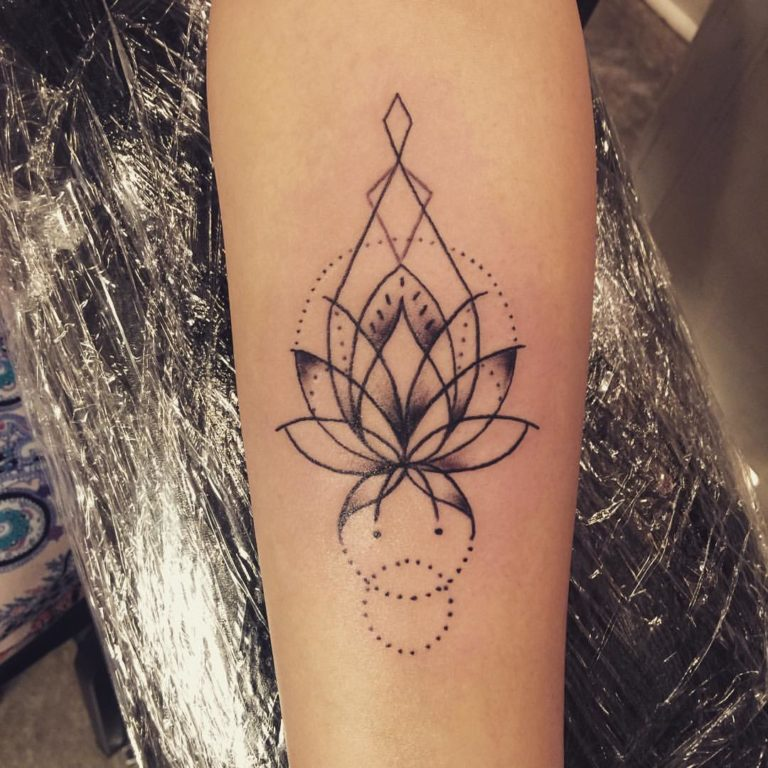Jasmine Flower Uses, Care and Health Benefits
- Shruti Singh

- Mar 11, 2020
- 2 min read
Jasmine Flower is an exceptional development to your indoor plant's variety similarly to your outside nursery. Their amazing blooms are known to spread their smell around night time, making the entire family wake up. If you love adding blooms to your combination, Jasmine flower is your most sensible choice

Where does Jasmine grow best and Uses
Basic Jasmine (Jasminum officinale), neighborhood to Iran, produces fragrant white blossoms that are the wellspring of attar of Jasmine flower used in perfumery. It is comprehensively created for its shining leaves and lots of roses that bloom in summer.
Winter jasmine (J. nudiflorum), a Chinese species with solitary yellow blooms, is used as a spreading plant on inclines.
Japanese, or primrose, jasmine (J. mesnyi) is a tantamount plant with greater blooms that grow all through the winter.
Italian jasmine (J. humile), a vine-like bramble with yellow blooms, has many created varieties.
The fragrant dried blooms of Arabian jasmine (J. sambac) are used to make jasmine tea.
How do I get more flowers on my jasmine plant
Jasmine flower is commonly produced for their shining leaves and superb gatherings of fragrant blooms. There exists a certifiable Jasmine and a counterfeit Jasmine, and the two are normally mistaken for each other because of the fragrance of the plant's release. The certified jasmine flower has a spot with the family Oleaceae and is basically a rough shrub or a climbing vine and is non-unsafe.
Certifiable Jasmines have oval, sparkly leaves and adjusted waxy-white blossoms. The sham Jasmine, on the other hand, is in an absolutely different assortment, Gelsemium, and family, Loganiaceae, which is considered irrationally destructive for human usage. As cut blossoms, it fills the home with a discharging up smell ideal for skimming off to rest.








Comments